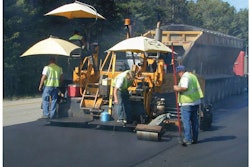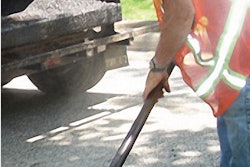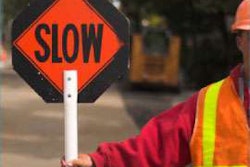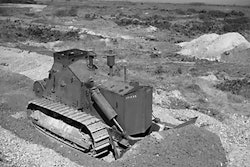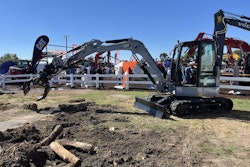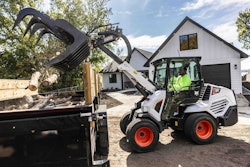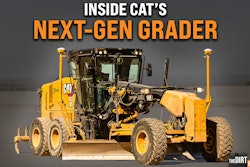
Chronicling the state of this nation’s infrastructure, Barry LePatner’s soon-to-be-released book Too Big To Fall bridges fact and perspective. It is a purely American story, and a sobering one at that.
But it’s not without heroes, nor without even a touch of optimism.
A well-researched yet comfortable 224-page read from New York-based Foster Publishing, in conjunction with University Press of New England, Too Big To Fall sheds insight on but doesn’t obsess over two U.S. bridge stories – the horrific I-35W bridge collapse in Minneapolis in 2007 and the near-miss of the Williamsburg Bridge in New York City in 1988.
The latter is where the heroism and, by extension, the optimism eventually pop through an otherwise disconcerting story.
Sam Schwartz, then NYCDOT deputy commissioner and chief engineer, had the professional duty and personal integrity to shut down the failing and likely-about-to-collapse Williamsburg Bridge connecting Brooklyn and Manhattan. “I hope I make him a national hero. He deserves it,” says LePatner, whose affinity for engineers is clear.
“How far, far from their role only 30 and 40 years ago have engineers fallen. They truly are wonderful people who have a commitment and dedication to building right, but they have been marginalized. We need them to speak up and take a leading role in this dialogue moving forward,” LePatner said from his New York law office. “Without that judgment and experience – and leaving important decisions on the current status of infrastructure to the bean counters, the budgetmeisters and the politicians, all of whom were there in Minnesota – you see what happens. I-35W is a tragedy that never ever should have come close to happening, let alone occurring.”
LePatner walks the reader through the history of bridge and road building in America, with special attention to the financing of such. As he says of the Williamsburg Bridge, if New York City had spent a modest $2 million (in 1992 dollars) in maintenance in each of the previous 89 years, the original structure could have held strong for than 200 years. Instead, it took more than twice that to replace in one shot.
“There is a clear perverse incentive for the transportation agencies,” he told Better Roads. “Look at the classic example of the I-35W: For years, and even one year before it collapsed, they were triaging this thing. They didn’t have the money for proper maintenance . . . but then the bridge collapses. All of a sudden, the federal government hands them $275 million, they have a state-of-the-art bridge, and they win an award as a transportation agency for implementing it. I would have had them hung in the local courtyard.”
Brutal honesty is not the same as pessimism, at least not for LePatner. “Our country is not that stupid. We understand asset management. We understand that the value of an asset like a bridge, a road, a dam, a tunnel is only as valuable as how you maintain it,” he says, “and yet they’ve sucked the money away for other purposes. Now the bill is coming due.
“I think the lessons that came to me when writing this book were the simple truths that our nation doesn’t deal well with the routine. We are wonderful at handling catastrophes, and we focus our attention on catastrophes. We mobilize best when people are in peril.”
As Too Big To Fall points out, it’s time to mobilize.v





